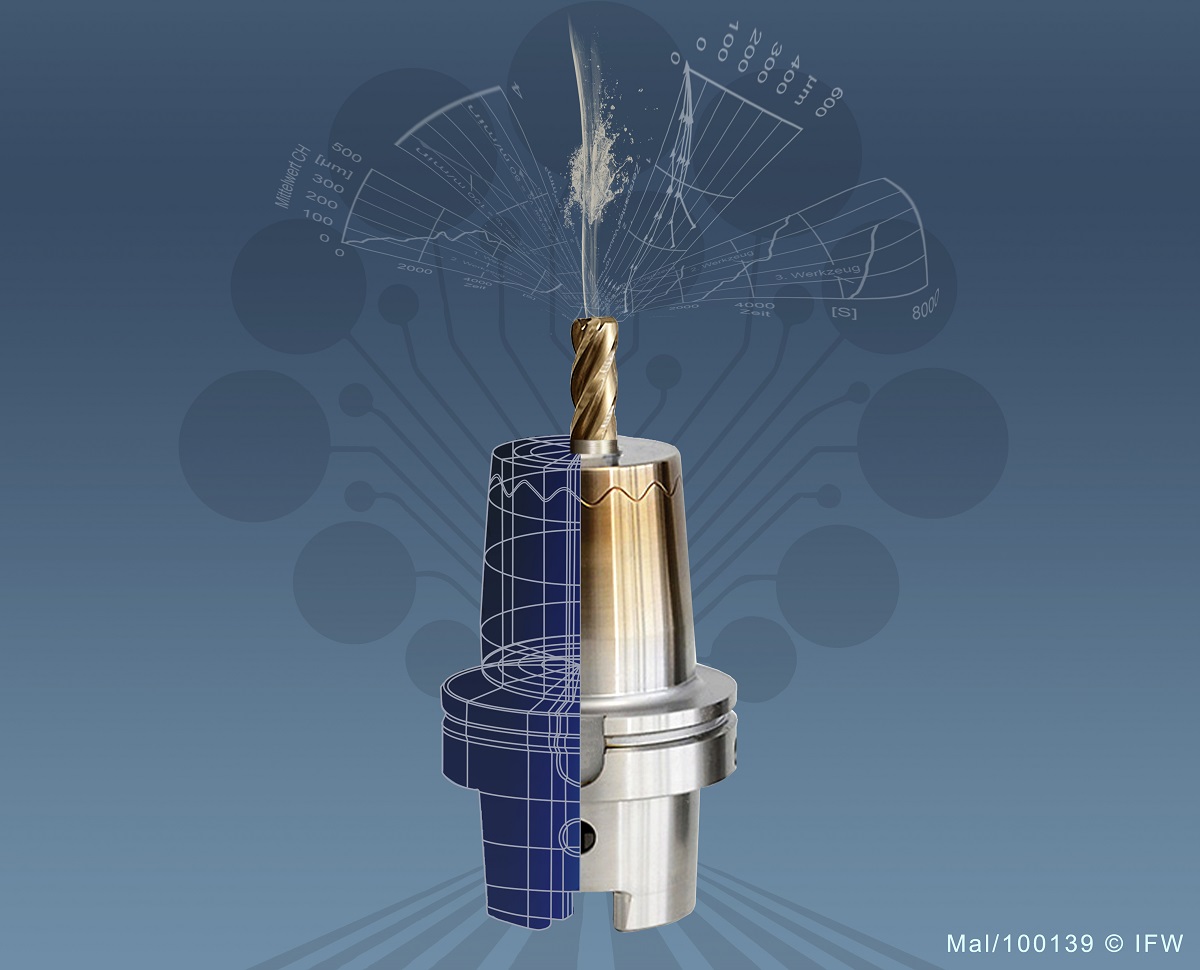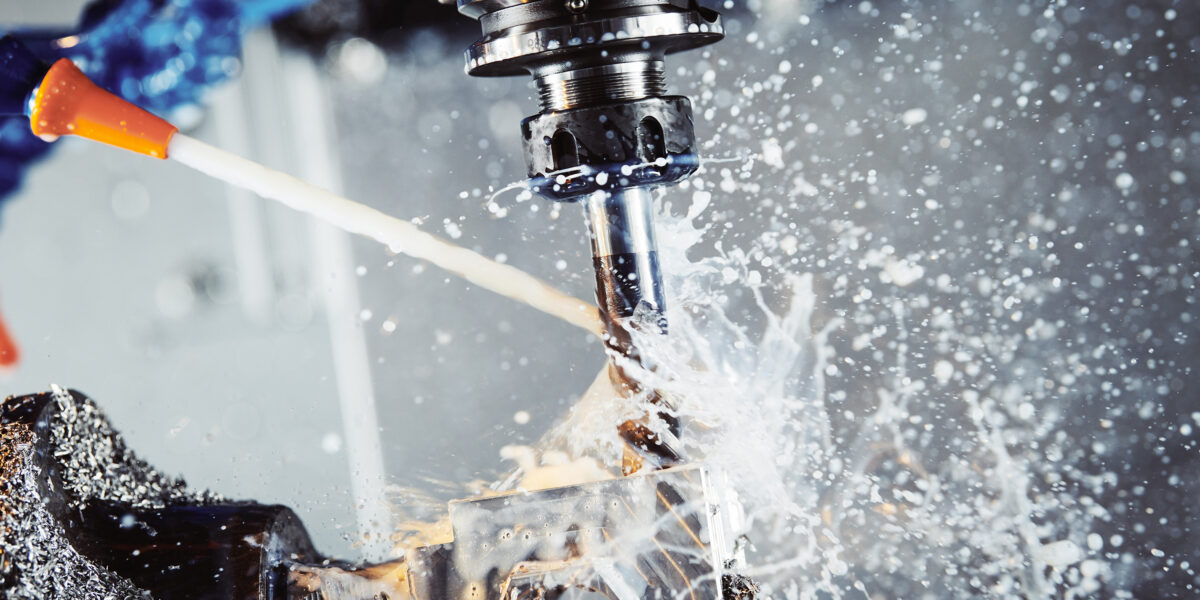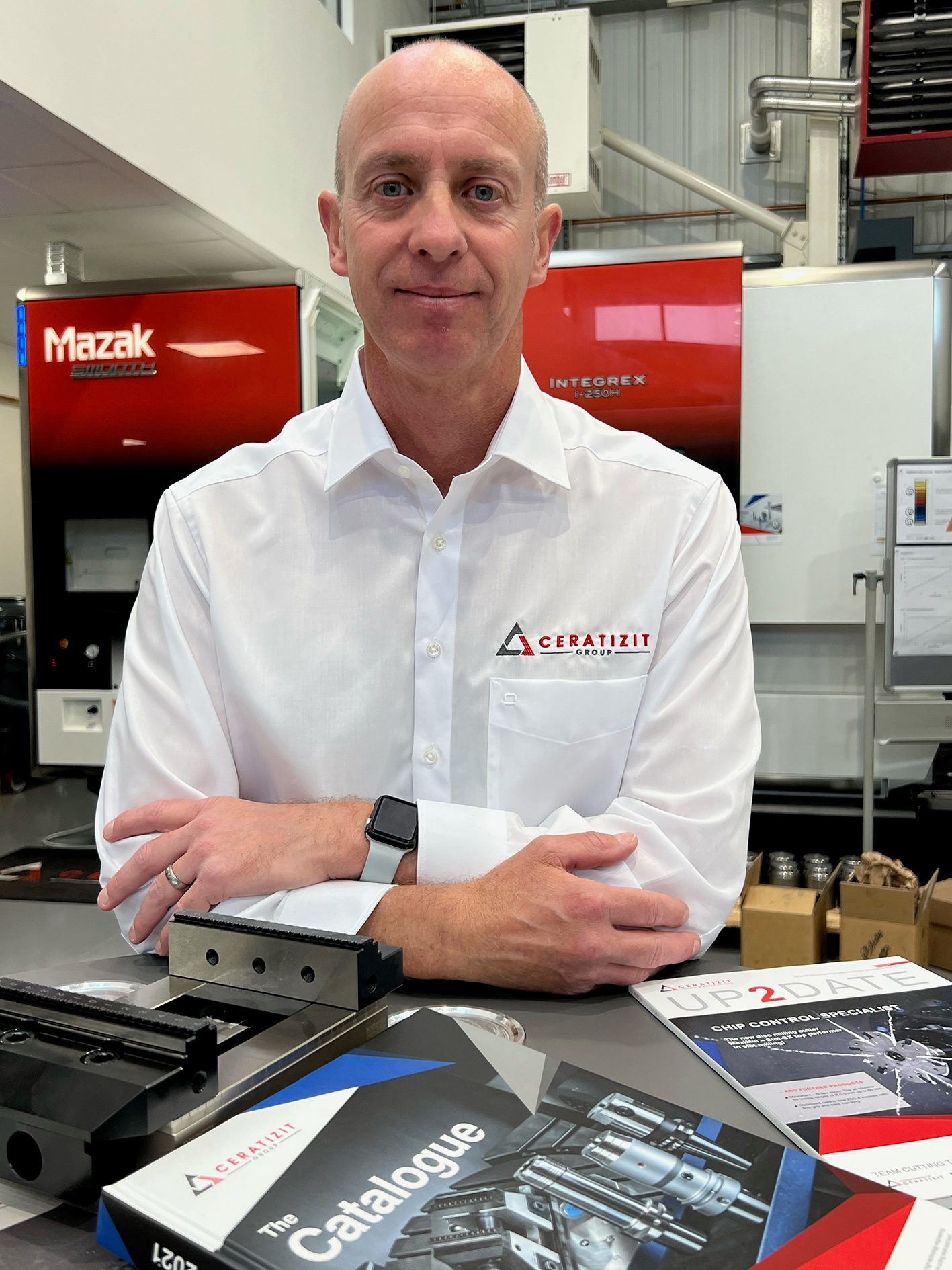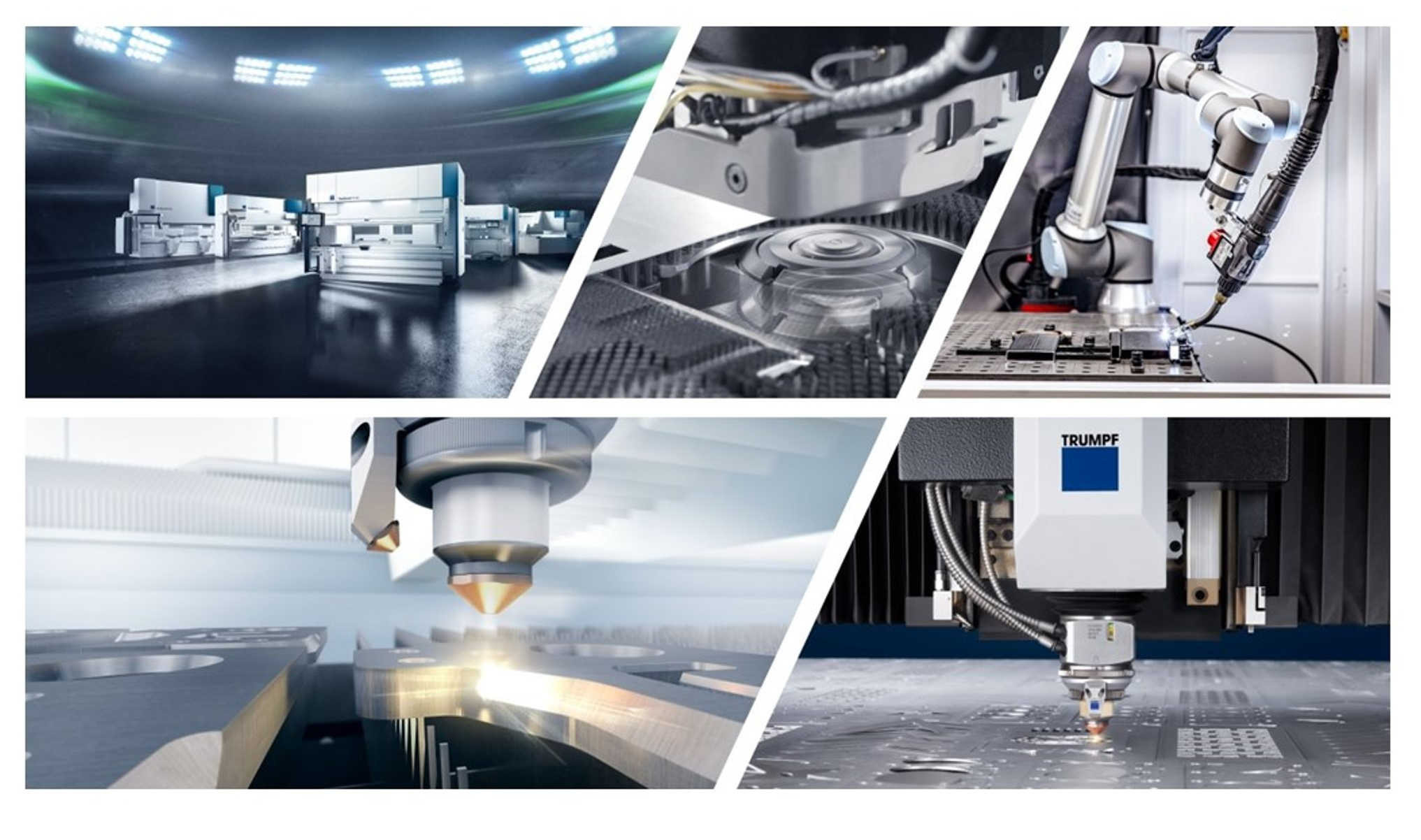The Institute of Production Engineering and Machine Tools at Leibniz University in Hannover has researched how to save energy during machining by adjusting coolant pressure. CADCAM specialist Open Mind provided financial support for the project and supplied the component geometry and programming for milling and analyses. The project revealed a way to determine the optimal level of coolant pressure concerning the degree of tool wear that occurs, resulting in energy savings of up to 33%. In the future, methods based on machine learning will make it possible to control coolant pressure as needed via optimised NC code.
For further information www.openmind-tech.com



















